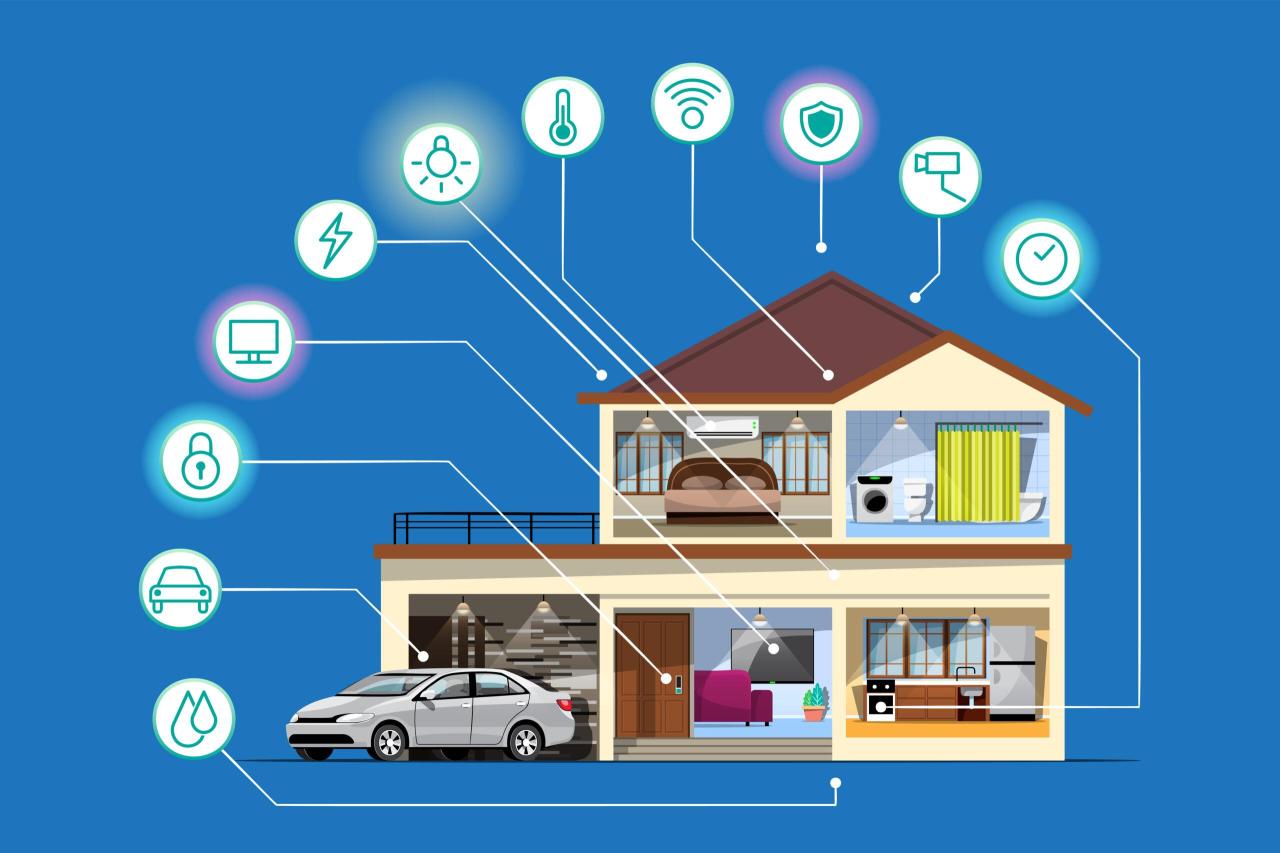The Future of Wearable Tech: Beyond Smartwatches
When we think of wearable technology today, the first image that likely comes to mind is a smartwatch. These wrist-bound devices have become incredibly popular, tracking steps, heart rate, and even allowing you to respond to messages. But the world of wearable tech is rapidly expanding far beyond smartwatches. From smart rings to biometric shirts, wearable devices are evolving in ways that are smaller, smarter, and more deeply integrated into our lives.
In 2025 and beyond, wearable tech is poised to transform healthcare, fitness, entertainment, and communication in profound ways. The fusion of artificial intelligence (AI), miniaturized sensors, advanced materials, and seamless connectivity is giving rise to a new generation of wearables that offer insights, convenience, and even life-saving capabilities.
Miniaturization and Discreet Design
One of the major trends driving wearable tech forward is miniaturization. Sensors and processors are shrinking in size but increasing in power, which means wearables can now be embedded in more subtle, discreet forms. The goal is no longer just functionality—it’s integration with lifestyle and fashion.
Smart rings, like the Oura Ring and Ultrahuman Ring Air, are excellent examples. These devices fit on your finger and can track heart rate, sleep cycles, body temperature, and even stress levels. Unlike bulky wristbands, they’re elegant and minimalist, offering useful insights without drawing attention.
Clothing is another frontier. Smart fabrics embedded with conductive threads and sensors can monitor biometric data in real time—without needing any separate device. From shirts that detect muscle fatigue to socks that analyze posture, the line between clothing and computing is disappearing.
Healthcare Monitoring and Preventive Health
Perhaps the most transformative impact of wearable tech is in healthcare. Today’s smartwatches already track basic health data, but the future of wearables lies in continuous, non-invasive health monitoring that goes far beyond step counts and sleep logs.
In the near future, wearables could:
-
Detect early signs of diseases like arrhythmia, diabetes, or even Parkinson’s through subtle biometric patterns.
-
Monitor glucose levels non-invasively via optical sensors.
-
Track hydration and electrolyte levels using skin conductivity.
-
Offer real-time ECG, blood pressure, and blood oxygen monitoring.
Imagine a patch on your arm that monitors your vitals 24/7 and sends alerts to your doctor if it detects abnormalities—no wires, no discomfort, no hospital visits. For elderly patients, chronic condition management, and post-surgery care, this kind of passive monitoring could be revolutionary.
Mental Health and Cognitive Tracking
Wearables are also expanding into the realm of mental wellness. Devices now exist that track brain waves (EEG), skin temperature, and heart rate variability to gauge emotional states. In the future, wearables could offer early warning signs for anxiety attacks, depression, or burnout before you’re even fully aware of them.
Companies are experimenting with neurofeedback headbands, meditation rings, and even smart earbuds that monitor brain activity to help improve focus, sleep, and mood. These devices don’t just collect data—they respond to it, helping you adjust your breathing, change your environment, or receive prompts for mindfulness in real-time.
Augmented Reality and Smart Glasses
Another exciting space is the evolution of AR (Augmented Reality) wearables. Unlike bulky VR headsets used for gaming, AR glasses are becoming lighter, more fashionable, and more useful in daily life.
Smart glasses from companies like Meta, Apple, and Vuzix aim to:
-
Overlay navigation, messages, and information onto your field of view.
-
Assist in hands-free work in industries like healthcare, manufacturing, and logistics.
-
Translate foreign languages in real time during conversations.
-
Provide visual guidance or alerts while exercising, cooking, or repairing equipment.
By combining eye-tracking, voice commands, and AI assistance, AR wearables could become a key computing platform in the next decade—replacing the need to pull out a phone or look at a screen altogether.
Biohacking and Implantable Devices
For more tech-forward users, biohacking and implantable wearables represent the bleeding edge of innovation. These aren’t science fiction—they already exist.
RFID implants, subdermal glucose sensors, and NFC chips are just a few examples of devices people are implanting under their skin to interact with the world around them. While currently limited to niche communities, future implantables could offer:
-
Continuous internal biometric data.
-
Hands-free authentication (unlocking devices, cars, doors).
-
Direct integration with neural pathways for control or feedback.
The ethical and privacy considerations are immense, but so is the potential for people with disabilities or chronic medical needs.
Fashion-First Tech Partnerships
The next wave of wearables isn’t just about function—it’s about fashion. Consumers want devices that blend into their lifestyle without looking like tech. This has led to partnerships between tech companies and fashion brands.
We’re seeing:
-
Smart jewelry that syncs with phones but looks like high-end accessories.
-
Athletic wear that incorporates sensors into design rather than attaching bulky devices.
-
Footwear with embedded tech for gait analysis, posture correction, and location tracking.
The emphasis is shifting from “look what my wearable can do” to “you’d never guess this is tech.”
Smarter Wearables Through AI and Personalization
AI is the engine behind smarter wearable experiences. In 2025, wearables are not just collecting data—they’re interpreting it and offering real-time suggestions.
For instance:
-
Your wearable may suggest taking a walk after analyzing your sedentary time.
-
It might recognize signs of dehydration before you feel thirsty.
-
It could automatically adjust your music, lighting, or screen time based on your mood or stress levels.
These intelligent systems work best when integrated with other smart ecosystems—from your phone and car to your thermostat and lights—creating a personalized environment that adapts to your needs.
Challenges and Considerations
Despite the incredible progress, wearable tech still faces some hurdles.
-
Battery Life: As sensors become more powerful and features more advanced, keeping these devices charged becomes a challenge. Future innovations in low-power chips and energy harvesting (like body heat or motion) are key.
-
Data Privacy: Wearables collect deeply personal information. Clear policies, encrypted storage, and user-controlled data sharing are essential to build trust.
-
Accuracy: Not all wearables are medically approved. Inaccurate readings could be misleading or even harmful, especially when users rely on them for health decisions.
-
Affordability: Cutting-edge devices often come with high price tags. For wearables to become universally adopted, they need to become more accessible.
Conclusion:
Wearable technology is evolving beyond mere convenience. In the coming years, we can expect to see:
-
Devices that blend invisibly into our daily wear.
-
Health tools that prevent illness before symptoms arise.
-
Interfaces that offer hands-free, eyes-up experiences.
-
Smart fabrics and implants that offer next-level personalization.
The future of wearables is not about strapping more gadgets onto your body—it’s about making technology disappear into the background, where it can serve you quietly, continuously, and intelligently.
For consumers, this means healthier lives, better focus, stronger connections, and more time spent doing what matters—not looking at screens. For developers and designers, it means building systems that are not only smart, but human-first.
As the line between the physical and digital continues to blur, wearable tech is set to become not just part of your wardrobe—but part of who you are.

With years of experience in technology and software, John leads our content strategy, ensuring high-quality and informative articles about Windows, system optimization, and software updates.












![7 Common Windows 10 Errors And How To Fix Them [2020] - TechDipper](https://windows12download.com/wp-content/uploads/2023/04/Windows-10-Errors-300x169.jpg)

Post Comment
You must be logged in to post a comment.